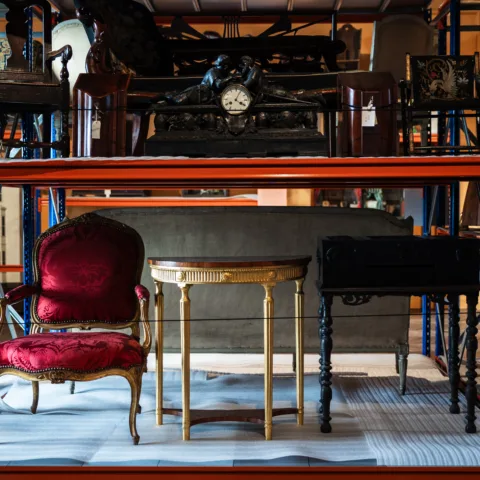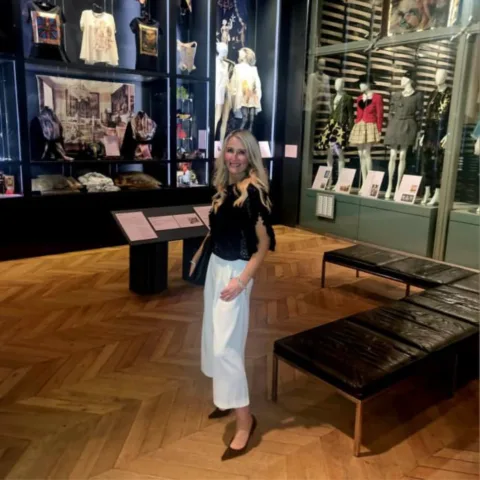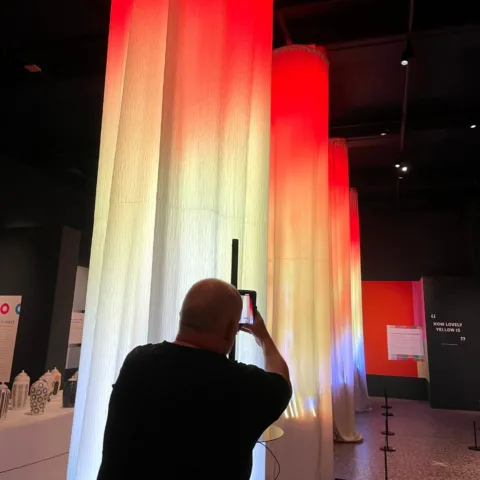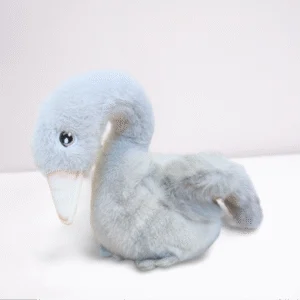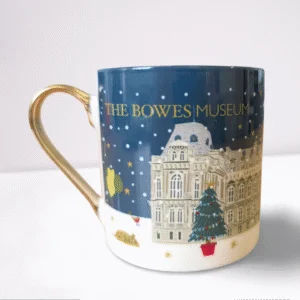The Bowes Museum Blog

Walk This Way: Preparing Shoes for Display
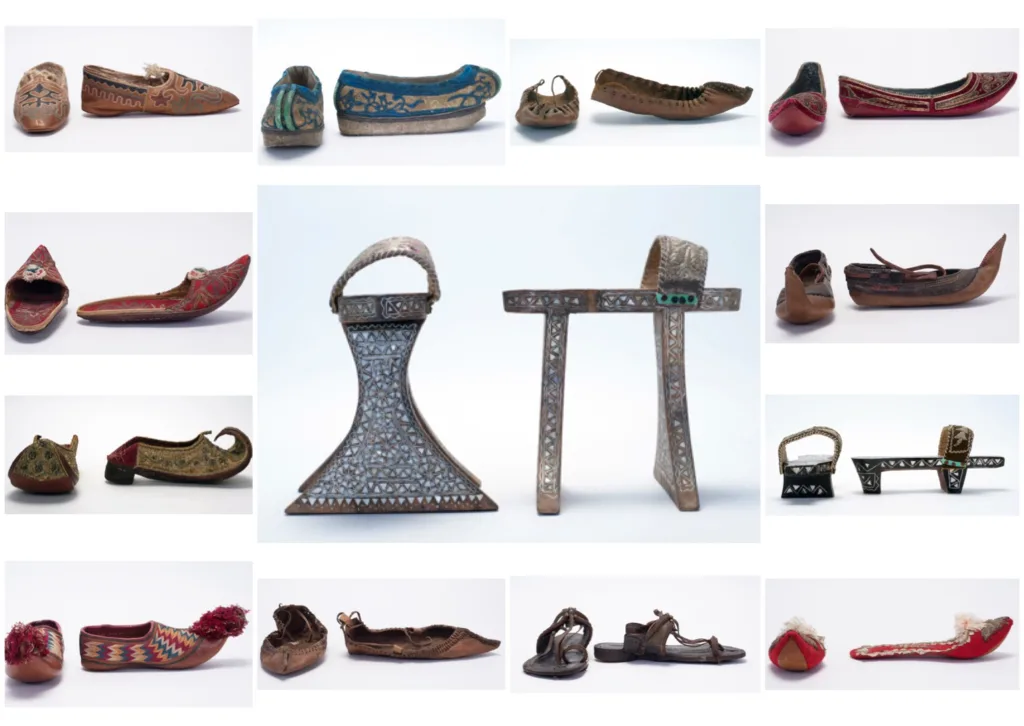
On Saturday 11th June, we’ll be opening our latest exhibition, Shoes: Pleasure & Pain, from the Victoria and Albert Museum, London. The exhibition consists of more than 200 pairs of shoes, spanning 2,000 years of history, and representing many world cultures. The exhibition, curated by Helen Persson, former Curator at the V&A, is composed of five themes; Transformation; Status; Seduction; Creation; Obsession.
Into the ‘Obsession’ section of the exhibition, we’re preparing to add some shoes from our own collections. We have around 200 pairs of shoes, which we have recently had photographed to improve our own records and online catalogue. Later this year, we’ll be undertaking a project to improve the storage of the shoes. We have chosen two particular ‘collectors’ to highlight.

Shoes bought at the 1867 Paris Exposition by John & Josephine Bowes
The first, John and Josephine Bowes themselves. Prolific collectors of fine and decorative art in its many guises, they visited the International Exposition in Paris, 1867, buying up a range of shoes for display in their museum. These have rarely been on show, and none were previously on display in the Fashion & Textiles Gallery. With some additional research in our archive, we have recently been able to discover more information about some of the individual shoes.

Bridal shoes, Turkey, wood inlaid with mother or pearl and metal, velvet and metal thread embroidery [CST.1390]

Shoes of red leather and velvet, with metal thread embroidery, and beetle wing decoration [CST.1393]

Collection of shoes once belonging to Empress Eugenie on France, and bequeathed to the Museum in 1954
The 6 pairs of narrow shoes all have paper labels on the inside left sole, stating that they were purchased from Viault-Este, at 17 Rue de la Paix, Paris, and Thierry & Sons, 178 Regent Street, London. A pair of Eugenie’s ice skates are stamped with ‘Charriere a Paris’ on the stainlees steel skate, and the carriage boots have no makers label. All of Eugenie’s shoes were given a light surface clean, to remove any museum dust, but no other conservation work was necessary.
Each of the narrow shoes required an internal mount to support their shape while on display. Textile conservation intern Jamie has created supports from Melinex (a fine polyester film available in various thicknesses). These hold the shape of the shoe without exterting any pressure on the silk, and visually disappear to be as inobtrusive as possible.

Leather shoes with ribbon pompom, and Melinex supports [CST.248]
Katy Smith, Textile Conservator
